Space
Sign up for our newsletter
We summarize the week's scientific breakthroughs every Thursday.
-
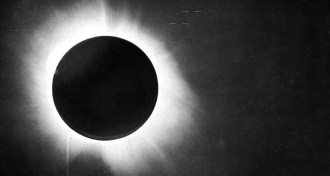 Physics
Physics100 years ago, an eclipse proved Einstein right. Today, black holes do too — for now
In 1919, an eclipse affirmed Einstein’s famous general theory of relativity. Now scientists hope to use black holes to poke holes in that idea.
-
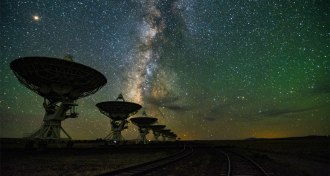 Physics
PhysicsBig black holes can settle in the outskirts of small galaxies
Astronomers have found dozens of surprisingly massive black holes far from the centers of their host dwarf galaxies.
-
 Planetary Science
Planetary ScienceChina’s lunar rover may have found minerals from the moon’s mantle
The Chang’e-4 mission spotted material on the lunar surface that appears to contain bits originating from the moon’s interior.
-
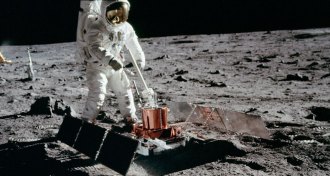 Planetary Science
Planetary ScienceApollo-era moonquakes reveal that the moon may be tectonically active
Moonquakes recorded decades ago suggest the moon is tectonically active. Knowing more about that activity could help scientists identify where to land future spacecraft.
-
 Ecosystems
EcosystemsReaders were curious about green icebergs, aliens and more
Readers had questions and comments about icebergs and climate change, CBD and NASA’s search for E.T.
-
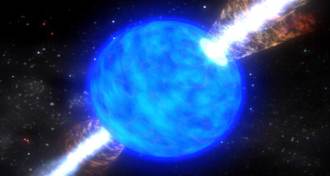 Astronomy
AstronomyDying stars called collapsars may forge much of the universe’s gold
Spinning stars that collapse into black holes could help explain the origins of heavy elements such as gold and silver.
-
 Physics
PhysicsWhat a nearby kilonova would look like
Physicists imagined what we’d see in the sky if two neutron stars collided just 1,000 light-years from Earth.
-
 Physics
PhysicsLIGO is on the lookout for these 8 sources of gravitational waves
Gravitational wave hunters are on a cosmic scavenger hunt. Here’s what they’re hoping to find.
-
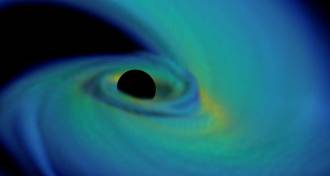 Physics
PhysicsLIGO and Virgo made 5 likely gravitational wave detections in a month
It took decades to find the first gravitational wave event, and now they’re a weekly occurrence.
-
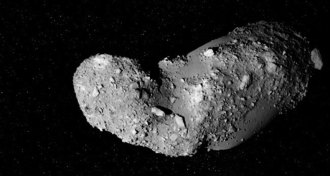 Planetary Science
Planetary ScienceWater has been found in the dust of an asteroid thought to be bone-dry
Scientists detected water in bits of an asteroid thought to be devoid of the liquid. Such space rocks might have helped create Earth’s oceans.
-
 Astronomy
AstronomySkepticism grows over whether the first known exomoon exists
New analyses of the data used to find the first discovered exomoon are reaching conflicting results.
-
 Planetary Science
Planetary SciencePictures confirm Hayabusa2 made a crater in asteroid Ryugu
Hayabusa2’s crater-blasting success, confirmed by an image beamed back from the spacecraft, paves the way to grab subsurface asteroid dust.